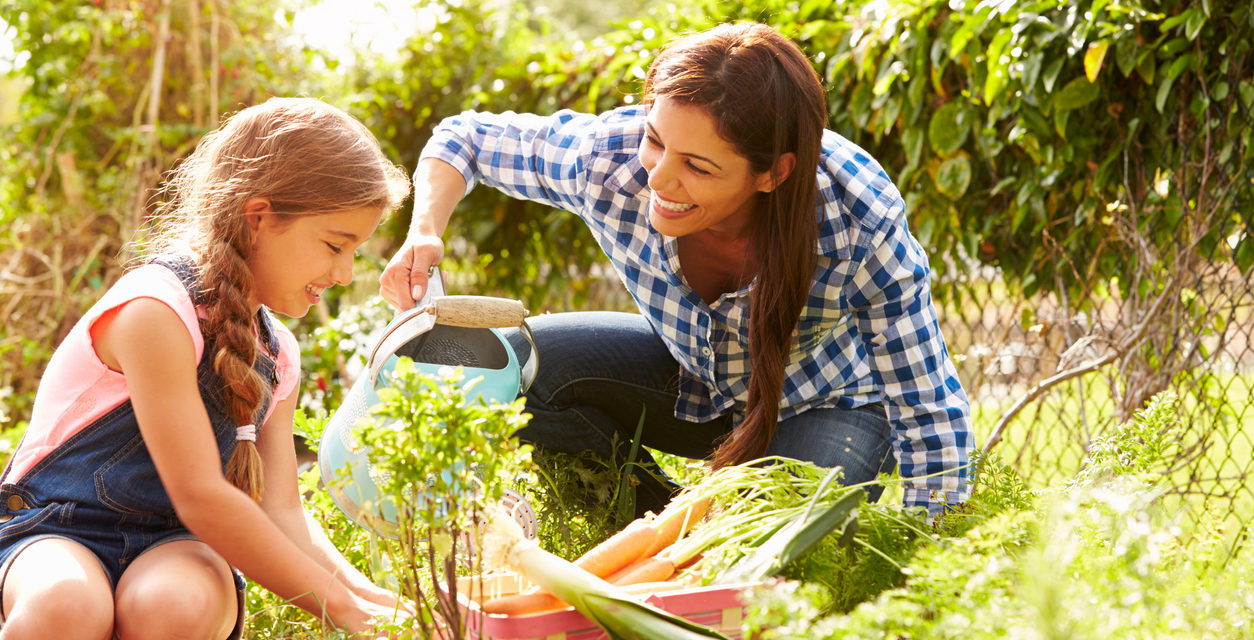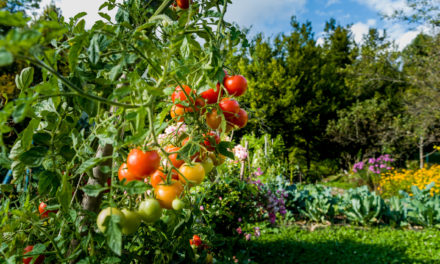Many of us have memories of gardening as a child. I was 10 when I planted my first garden. When Mom heard my younger sister scream, she thought I had cut off her toe with the shovel, only to find that Sis had just seen a worm.
Children can participate in many gardening activities. Besides being educational, the interaction is a positive influence, builds relationships and develops healthy habits.
Outfit your children with child-sized tools. You won’t go wrong with a small trowel and watering can. Then prepare a planting area — either a container or a planting bed for flowers or vegetables. Containers use potting soil and in-ground or raised-bed areas may need to be amended with compost. Kids enjoy this part if they get to put their hands in the soil.
Next is planting time. Choose flowers or seeds that promise success. Marigolds are colorful and flower all season with the right care. In the vegetable garden, try radishes for quick germination, and snap peas, beans and cherry tomatoes for fruit you can eat off the vine.
Allow children to do the planting. Explain the requirements for planting depth, sunshine and water. Proper planting distance for vegetable seeds can be achieved several ways.
Either make yourself the hole-poker and the child the seed-dropper, or make seed tape with a roll of toilet paper, labeling the proper distance with a marker and “gluing” the seed to the paper with a mixture of flour and water. Then plant the seed tape, covering with soil and water. Older children can use their measuring skills to mark the proper distance. The seed packet will explain the details.
Make friends with the critters you come across in the soil. Worms are decomposers, and introducing children to worms at a young age could assuage their fears. Centipedes, roly polies (sow bugs) and ladybugs give us opportunities to talk about beneficial insects.
For years I have distributed colorful plastic insects around my garden so that my grandchildren will be curious and ask, “Is this real?” Their curiosity spills over into delight when they find “real” ones. An annual release of bagged ladybugs under the cucumber trellis is always a highlight.
When it’s time to harvest, involve children in making recipes that use garden produce. Spinach salad with strawberries may be their first introduction to fresh spinach. Applesauce is easy to make. Picking a fresh carrot from the soil may surprise children because many never have seen where food comes from.
If you happen to plant a crop that is prolific, such as zucchini, donate some to the local food bank or deliver to neighbors. Better yet, make zucchini bread and gift it to those who would be delighted to receive something homemade.
The enjoyment of gardening is endless. Start young to create curiosity and success that might eventually lead to great memories of special moments spent together. For more ideas, go to www.jmgkids.us.
When you have questions, Colorado State University Extension has research-based answers. The Help Desk opened April 15 at 17 N. Spruce St. Hours are 9 a.m. to noon and 1 to 4 p.m. Mondays and Wednesdays. Call 520-7684 or email CSUmg2@elpasoco.com.

 Photo Credit: monkeybusinessimages (iStock).
Photo Credit: monkeybusinessimages (iStock). 



Comment on: Year-round gardening activities, kids included